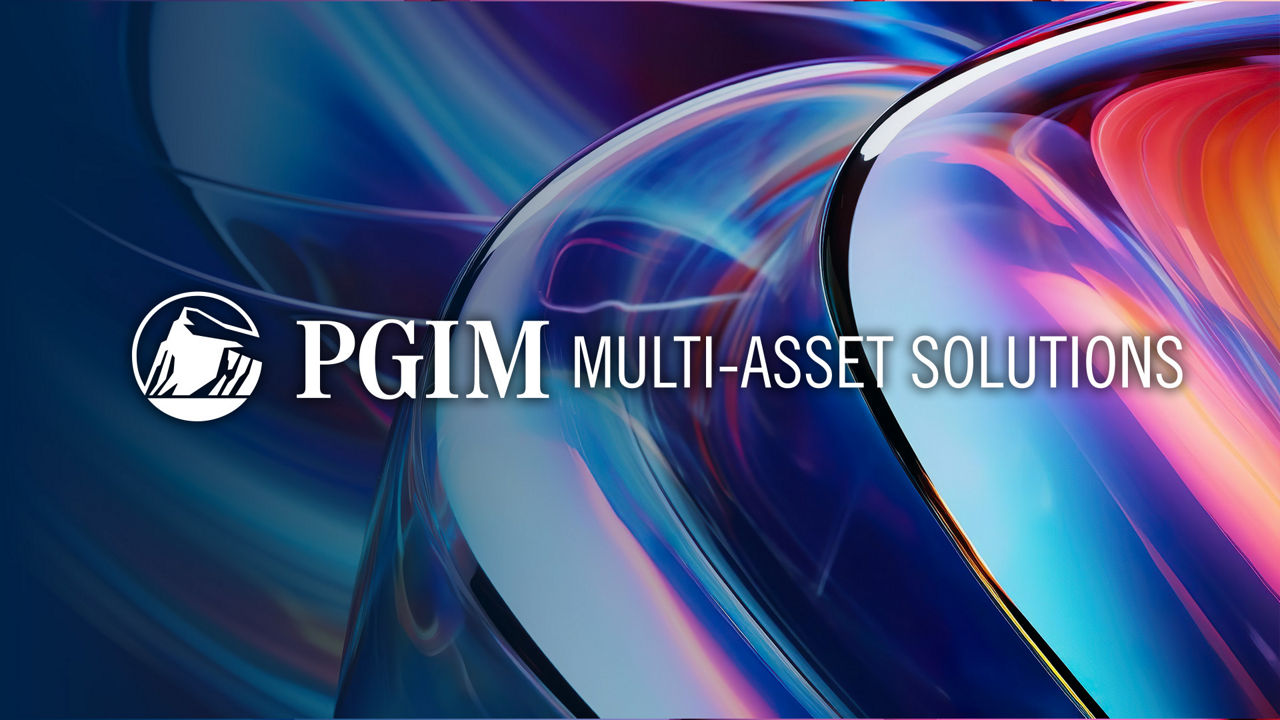Overview
A European-based client sought an emerging markets strategy that met their risk and return targets while aligning with specific ESG and country exposures. Their legacy portfolio needed to be restructured into our target portfolio during the initial rebalancing period. This case explores how we delivered similar exposures to the ideal model portfolio—starting from cash—while navigating the challenges of transitioning from a legacy portfolio, and without incurring significantly higher transaction costs.
Key Partners
- European institutional investor
- PGIM Quant investment & trading teams
- PGIM Quant operations team
Challenge
Transitioning the client's emerging markets portfolio to PGIM Quant's target portfolio was complex, involving high transaction costs, liquidity challenges, and precise alignment with ESG goals. Balancing risk-return characteristics while integrating sustainable practices required careful cost management and restructuring to maintain desired exposures, making the process significantly more intricate than transitioning from an all-cash position.
Approach
To address portfolio transition challenges, PGIM Quant utilized a proprietary transaction cost model to estimate costs and ensure alignment with the target portfolio. Two scenarios were analyzed:
- Transitioning from an all-cash position to the ideal model portfolio (used as a benchmark).
- Transitioning from the client's legacy portfolio to the target portfolio (actual portfolio).
The realized cost of 48bps for the actual portfolio transition was well within the estimated range of [-26, 102] basis points, reflecting effective execution despite liquidity frictions.
The actual portfolio achieved a tracking error of 0.57%, reflecting remarkable precision in replicating the model portfolio. While minor deviations arose due to cost considerations, the actual portfolio closely mirrored the target exposures and maintained consistent active positioning. To put this into context, the 0.57% tracking error is well below the target tracking error range of 2.5%-3.5% of our emerging markets equity strategies relative to benchmarks. This low tracking error underscores the strength of our approach in preserving portfolio integrity with minimal deviation. Notably, both the actual and model portfolios maintained similar risk profiles, demonstrating our ability to transition from a legacy portfolio smoothly. We successfully preserved the intended factor exposures without incurring significantly higher transaction costs, even when compared to starting from an all-cash starting position.
Solution
PGIM Quant efficiently transitioned the client's legacy portfolio, balancing risk, return, and ESG objectives within strict cost constraints. By integrating transaction costs, portfolio characteristics, and market dynamics, our model anticipated market impacts and managed uncertainty. This holistic approach minimized slippage, delivering a portfolio that aligned precisely with the client's design criteria while maintaining exceptional efficiency.
Key results:
- Advanced portfolio transition management and implementation: Utilizing our proprietary transaction cost model tailored to our execution style and market dynamics - a reflection of the quant DNA embedded in our team - we transitioned the client's legacy portfolio with the precision and accuracy only a quantitative approach can achieve.
- Integrated execution: Fusion of data processing, modeling expertise, and tailored execution within a quantitative systematic framework to deliver an optimal outcome that fundamental managers cannot replicate without risking higher costs and performance drag.
- Alignment with target exposures: The actual portfolio transition achieved minimal active exposures to the model portfolio, ensuring close alignment with anticipated factor representations.
- Controlled risk profiles: A tracking error of 0.57% confirmed that the risk profiles of the legacy-start and cash-start portfolios remained comparable, underscoring effective risk management during the transition.
- Efficient cost management: The realized transaction cost of 48bps, comfortably within the estimated range, validated the accuracy of our proprietary transaction cost model. This outcome highlighted cost efficiency, even under the complexities of transitioning from a legacy portfolio.
- ESG implementation: The process successfully balanced the client's low-risk mandate with stringent ESG and country-specific objectives, maintaining the intended strategic alignment.
Case studies are provided for illustrative purposes only and results may vary.
-
Building a Diversified Credit PortfolioA pension plan sought more yield without significantly increasing risk.
Read More
-
Private Market Investment Solutions for Cross-Border InsuranceA leading European re-insurance company was seeking an optimal solution to grow private market exposure to U.S. commercial real estate debt.
Read More
-
Retiree Liability Immunization: An LDI Case StudyThe plan in this case study decided on a larger derisking step by fully immunizing their retiree population with a cashflow matched bond portfolio.
Read More
-
A Strategic Asset Allocation for Enhanced IncomePMA partnered with a public pension plan to understand their needs and design a strategic asset allocation leveraging PGIM's broad capabilities.
Read More




